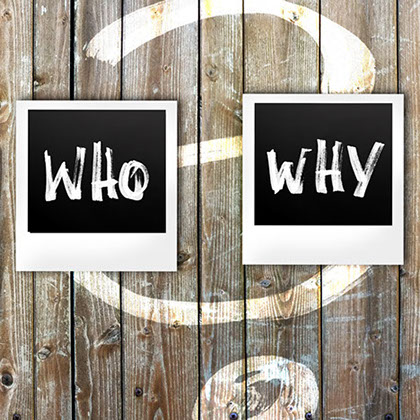Digital Tools
Digital tools are great. Free digital tools are even better.
Truthfully, the number of digital tools available to faculty and students can be dizzying and trying to learn them all potentially mind-numbing. It is actually more important to understand the broader categories these tools primarily fall into, what they are good at doing, and then allow time to play and explore with the ones that seem interesting to you. The goal is not to become an expert in all of any of them. Instead, it is better to understand them, learn some functionality, and then introduce them to your students so that they may explore, practice, and create content with them. Play is very important. Understanding that you will not break these tools while playing, even more so.
Here, we will cover the following sections: Digital Tools and Student Agency, Tool Categories, Tool Ecosystems. Note that the numerous tools covered are grouped into Tool Categories. Simply click on each one to the right to jump to that section.
>> Click HERE to download the Tools, Tools, and More Tools Handout
DIGITAL TOOLS and STUDENT AGENCY
Tool Categories
ANNOTATION TOOLS
AUDIO, MUSIC and PODCASTING
CLOUD STORAGE
COLLABORATION
DATA, MATH and CODING
GRAPHICS CREATION
MAPPING TOOLS
PRESENTATION TOOLS
SCREENCASTING
TEXT ANALYSIS
TIMELINE CREATION
VIDEO EDITING and PUBLISHING
VISUAL MEDIA
WEB DESIGN, HOSTING and PUBLISHING
WRITING
Tool Ecosystems
ADOBE CREATIVE CLOUD
MICROSOFT OFFICE 365
Digital Tools and Student Agency
Before we dive into an overview of some hand-selected digital tools below, we should also understand how and why these tools exist and what they ask of us as users. To best accomplish this, we should each (solo and with our students) ask and attempt to answer the following questions:
- What assumptions does the tool make about its users? What kind of relationships does it set up between teachers and students? School and the world? Humans and technology?
- What assumptions does the tool make about learning and education? Does the tool attempt to dictate how our learning and teaching happen? How is this reflected in specific design and/or marketing choices?
- What data must we provide in order to use the tool (login, e-mail, birthdate, etc.)? What flexibility do we have to be anonymous? Who owns the data? Will others be able to use/copy/own our work there?
- In an educational context, how could the tool be used in a way that puts the learning into student’s hands? Does the tool leave students agency or choice in how they use it?
Researching the answers to these questions may or may not discount a tool’s use, but it is important that we are clear on a tool’s intent and that of its creators and owners. So long as we are informed, we can then make decisions about the use or our digital tools and how they fit into our education and our lives.
> the four questions above are sourced from the Digital Pedagogy Lab at the University of Mary Washington, VA

© 2020 Franklin Pierce University • All Rights Reserved
40 University Drive, Rindge, NH 03461 • FranklinPierce.edu
